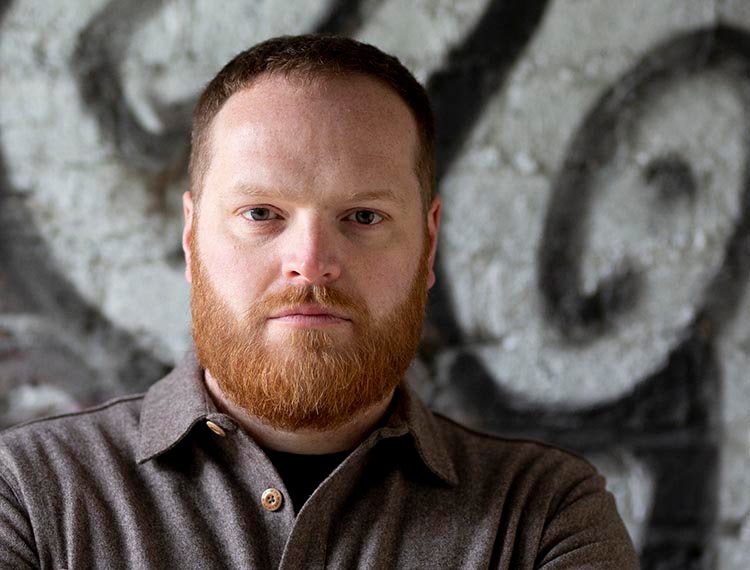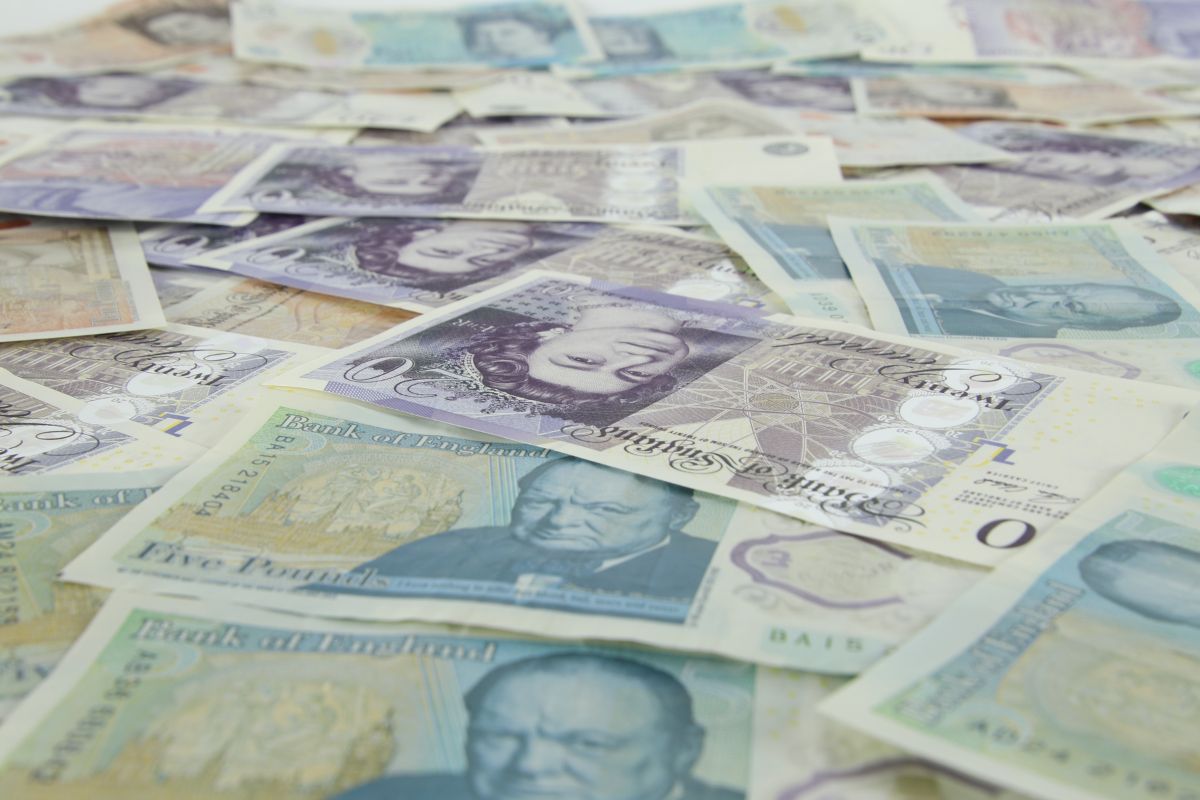Policy Cycle Blights FE: Colleges Leaders Should Chart Their Own Course

Constant and substantial changes in the policy context make setting strategy in a further education college incredibly difficult. Leaders should chart their own course.
Strategy should, by its nature, be about the organisational longterm. A critical factor in the diagnosis and strategy-setting process for any organisation is an analysis of current and likely future government policy.
This is as true for FTSE 100 businesses as it is for further education colleges. If you didn’t already think that government policy was a really important factor in the strategysetting processes of major private-sector businesses, I am sure that Brexit has clarified matters for you.
It’s important to note at this point that further education colleges are independent organisations, technically classified as sitting outside of the government sector by the ONS.
They are not an extension of DfE in the way that Job Centres are an extension of the Department forWork and Pensions (DWP) or that hospitals are of the Department for Health.
They are autonomous, independent organisations expected to set their own strategy in a manner that is consistent with their charitable objects – which they can change if they want to.
The environment is so heavily regulated, and they are so heavily dependent on government for their funding, that it may not seem to be the case – but it is. The area review process was conducted in the soft-edged way that it was precisely because DfE cannot just make colleges do what it wants.
DfE could not simply decide which colleges should merge with which others and demand that they do so.They could, of course, have passed legislation permitting them to do so – as happened in Scotland ahead of a similar rationalisation programme.
I wrote in Chapter 1 about the 24-hour policy cycle that blights further education in this country. We have seen 11 secretaries of state and three funding bodies since 1997.
When (if?) T levels are introduced from 2020 they will be the fourth iteration of the fulltime programme offer for young people aged 16-18 since 1997, after Curriculum 2000, 14-19 diplomas and study programmes.
Likewise, the current standards-based apprenticeship regime is the fourth iteration of the work-based training offer since 1997 – after NVQs,Train to Gain and the previous frameworks-based incarnation of the apprenticeship programme; and that’s if we ignore programme-led apprenticeships, the employer ownership of skills pilots and other unfortunate side-shows.
Any one of those initiatives may have been the right answer for the nation’s skills and productivity shortcomings compared to our international competitors.
Further education policies are like Premier League football managers: there are lots of them, very few last very long, even fewer succeed in the long-term – and some have a nasty habit of reappearing.
This instability is a serious issue for leaders attempting to devise sensible, long-term strategies for a given further education college.
How can you devise a five-year strategy for your college when government policy cannot be relied upon to last for the first one of those five years, let alone all of them?
It would be very easy to give up. To stop trying to think strategically. To think of the college as a contracts business – entirely at the whim of its next grant letter from the funding body of the moment.
I believe very strongly that the unpredictability of government policy requires that colleges invest more, not less, in the strategy setting process. Where government policy is not clear or certain, organisations must posit their own north star and chart their own course.
They must be clear about their higher purpose and see government policy as a factor, but not the only factor, which shapes their operating environment. That means using their independence from government to build a position which affords them some insulation,some insurance, against changes in government direction.
It means building resilience so that they can respond to the changes they have to, whilst deciding which others they’ll engage with. This for me is an important distinction.
Changes like T levels, or the maths and English condition of funding, cannot be ignored. They’re what’s required of further education colleges for the grant funding they receive from government each year.
Apprenticeship reform is slightly different. At one level, further education colleges have to respond because if they deliver any apprenticeships at all, they must be compliant with the prevailing rules.
At another level, colleges are free to and must shape their own response to apprenticeship reform: will they look to grow or shrink their provision, go national or stay local, generalise or specialise, price at cap or discount? Their response is not a strategy – it should be guided by their strategy.
Initiatives like my old favourite, Institutes of Technology, are different again. They’re an example of initiatives which further education colleges can more obviously choose to engage with or let pass them by.
There was no requirement that all colleges bid to become, or at some point work with, an Institute of Technology. Colleges were free to determine whether and how they engaged with the policy – without obvious or immediate implications for their core programme offer. Their response is not a strategy – it should be guided by their strategy.
I do also believe that while government policy is unpredictable, government strategy over the last 20 years has actually been remarkably consistent.
It strikes me that at least four clear trends have sustained through the period:
- A clear focus on skills as a driver of productivity and growth: My first outing as a civil servant was on the 2003 skills white paper. I will never forget sitting underneath a programme board meeting table, taking the minutes, expecting to be fired for booking a room that was at best a quarter of the size it needed to be; I elected not to minute the moment a quango CEO inadvertently stuck her pen in my director’s ear,so cramped were the conditions.That white paper signalled that government investment in adult skills would be focused on addressing skills productivity gaps between the UK and our international competitors.While white papers,speeches and other pronouncements since then have announced a raft of different interventions, they have not erred from that strategic intent with respect to the purpose of further education and skills.
- A strong desire to give employers real influence over the system: In that 2003 white paper, we talked about creating a ‘demand-led system’ and committed to invest in the employer training pilots which becameTrain to Gain. By 2006 and 2007, the Leitch Review and the white paper, which I had the privilege of collating in response, moved the narrative on to talk about a ‘genuinely’ or‘truly demand-led system’; the Skills Pledge and other initiatives accompanied that dialling-up of the rhetoric. By 2011, the narrative had developed into one of ‘employer ownership’ of the skills system; the largely pointless employer ownership of skills pilots109 followed, before being quickly overtaken by apprenticeship reform and the levy.Again, though, while policy has bounced around, the strategic trend has survived successive governments.
- A clear focus on student progression and destinations: The obvious corollary of the above has been a growing focus on student progression, destinations and outcomes. Long gone are the days in which strong achievement rates alone made for a Good or Outstanding further education college.Ofsted’s focus on outcomes, value-added and employability has grown steadily over the last 15 years. Likewise, the programme offer for 16- to 18-year-olds has become ever-more focused on employability and destinations.The evolution from study programmes to T levels is as natural as the evolution of the apprenticeship landscape over a similar period.
- Growing commercialisation in the operation of the sector: While the level of regulation and government intervention mean that it would too much to describe a marketisation of further education, there has certainly been a steady increase in the commerciality of the sector environment.As funding pressures have increased, the need for commercial expertise in the general operation of a given college has grown steadily; the need for commercial, marketing and business development expertise has also grown as colleges have come to compete for students, business customers and capital grants.
My conclusions from the above are threefold:
- First, that leaders should take full advantage of their independence from government to set strategies which insulate them from constant change in the policy environment;
- Second, that leaders should see government policy as a prime, but not the only, driver of their strategy; and,
- Third, that in doing so, leaders should discern the underlying and long-term trends in government policy such that their strategy is consistent with or even ahead of the flow of changes coming out of Whitehall.
Purpose, strategy and leaders’ focus on organisational values combine to create the conditions for a successful transformation.
I am clear though, that leaders’ investment in creating the right organisational context for the transformation is the steepest part of the climb.
With purpose,strategy and ways of working firmly established, direct transformation actions will be delivered more quickly, effectively and easily – because colleagues delivering them will be engaged, enthused and understand what a given action has to do, to play its part in the overall change.
I have often reflected that a focus on organisational values happened to me, more than I happened to it, in Hertfordshire. At the end of a fairly fraught first week in post, I spoke to staff about the issues I had identified with the organisation’s historic administration of student records, and the action I was taking to address them in the immediate term.
That I took a principled position on the matter, and took the action that I considered necessary in spite of the organisational tumult it created, positioned me as‘that guy’ before I had really started to do any of the things which I had planned – and which you might expect of an incoming CEO.
What followed was something of an organisational bloodletting through which colleagues spoke up about their concerns on a raft of different issues and fronts.
Whilst keeping my counsel on what would follow, I listened diligently to every comment and complaint, every suggestion and rejection of organisational custom and practice. Two things flowed from those early weeks of my time in Hertfordshire:
- First, I never stopped trying to be authentic, accessible and open to informal discussion with colleagues at all levels. I think it would be fair to say that it took some colleagues quite a long time to understand just how fundamentally I wanted to redraw the traditional rules of engagement between CEO and colleagues throughout the organisation.
- Second, I learned that our organisational values – and purpose – mattered a great deal. I was overwhelmed by the dedication, determination and integrity of the vast majority of my new colleagues. Their commitment to their students, the lengths they would go to in support of a student in need, was quite amazing to me. I came to see that as a function of their connection to the organisation’s higher purpose – and their personal values. And I learned to talk more and more in those terms, about what we did, why and how.
It worked. Ofsted commended this aspect of work and directly linked it to the improvements we were able to deliver,saying: ‘senior leaders have ensured good communications at all levels in the college and have developed a culture of trust and respect.
Consequently, staff feel respected and valued. They contribute effectively by using their expertise to improve the quality of provision and outcomes for learners.’
Steve Zaffron and Gregory Unruh argue that organisations should be seen as a ‘network of conversations’ – reflecting the fundamental corporate reality that,‘conversations, whether acknowledged or not, are going on all the time; unacknowledged conversations, however, are not being managed or led.
Managers assume that passing along memos, directives, and policies constitutes“conversation,” but often these become mere “topics” of the real, informal conversations that are already occurring in the larger network.’
They argue that recognising this reality, and working with it, can help organisations and their senior leaders to improve information flows, build collaboration and performance improvement.
They distinguish three different types of conversation:
- Leadership conversations which are about creating a compelling view of the organisation’s future – noting that the fulfilment of strategic vision is dependent on engaging and energising those who must act to realise that future.
- Managerial conversations which are focused on the short term through discussion of particular corporate initiatives and projects which leaders are using to connect the present to the future.
- Individual conversations which are about the today, i.e. what individuals are doing today to deliver projects and initiatives that will in turn fulfil the strategic vision.
The leadership challenge they identify is to,‘identify and co-create an inspiring future that informs the conversations taking place at all levels of the organization.
Creating a future is different from “getting buy-in” on a corporate vision statement. In our experience, buy-in often extracts little more than compliance from workers, whereas a future that employees feel a part of and find compelling unleashes commitment and enthusiasm.’
I doubt their analysis could be truer anywhere more than a further education college. The network of informal conversations that take place in a college is quite remarkable.
Colleges are communities as much as they are organisations. I returned from one summer holiday, having shed a few pounds, to hear later that week via the rumour mill that I was dying. I was not.
But I learned how the communication lines really work in a college – and began to think how I could turn that to my transforming advantage.
Matt Hamnett, Director, MH+A
Over the next few weeks FE News will be publishing this research in full, and FETL will be hosting a webinar with Matt on the report later in February.
Chapter One: The further education operating context is incredibly tough / The introduction of T levels
Chapter Two: College performance compared to other sectors
Chapter Three: The 5 causes of poor performance in FE
Chapter Four: Seven lenses of transformation for FE / FE Can Learn From The Success Of Other Sectors
Chapter Five: Good Strategy Is Crucial For FE Transformation / Policy Cycle Blights FE: Colleges Leaders Should Chart Their Own Course
Chapter Six: How to unleash the talent already in your college / Aligning organisational purpose, strategy and transformation priorities with available funding
Chapter Seven: Leading the transformation in FE











Responses